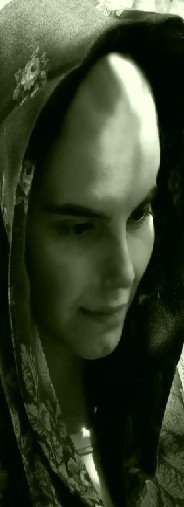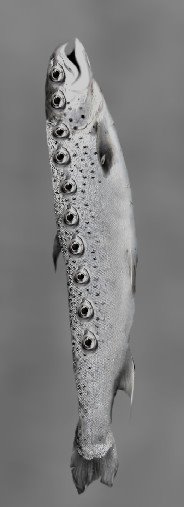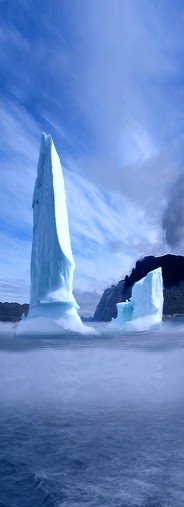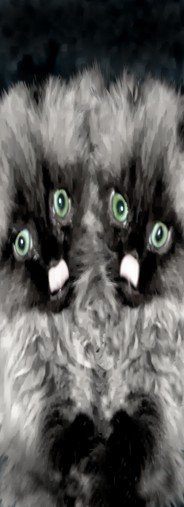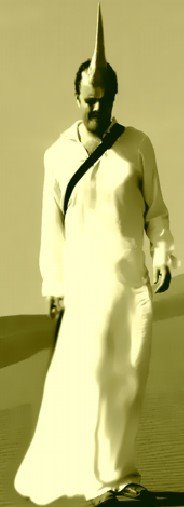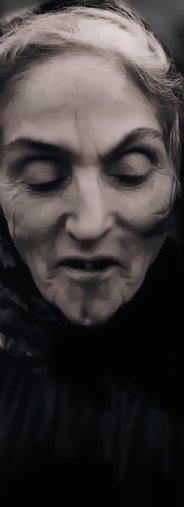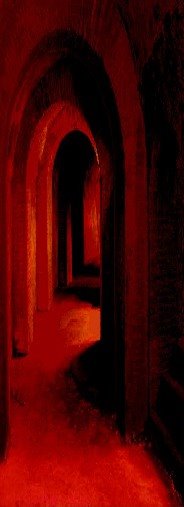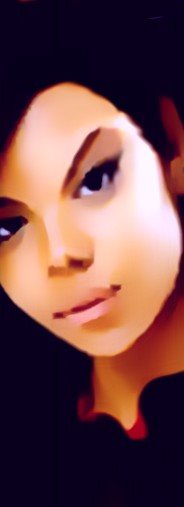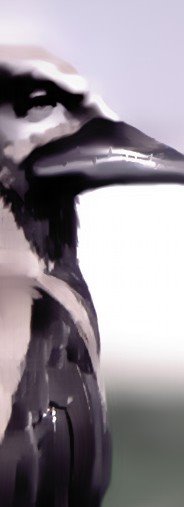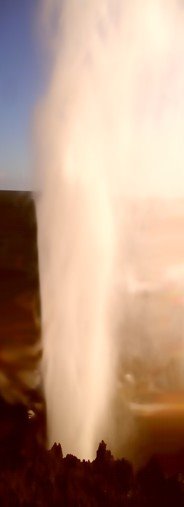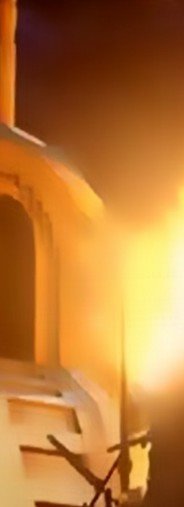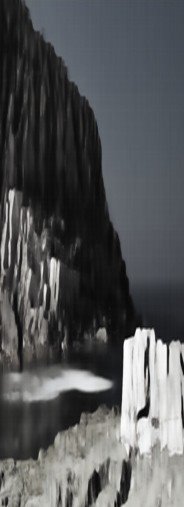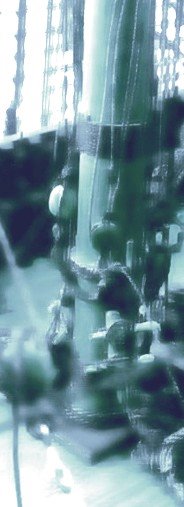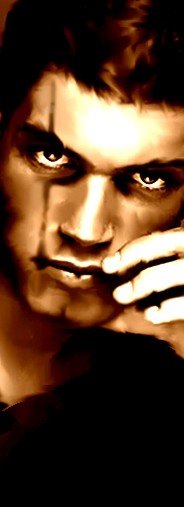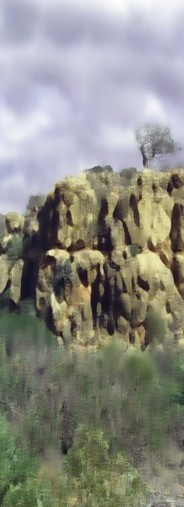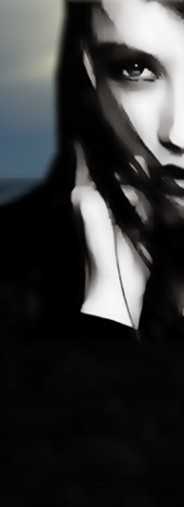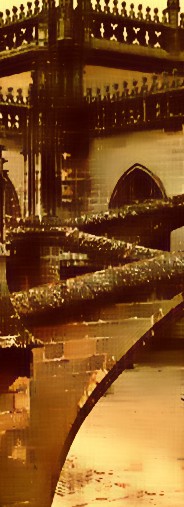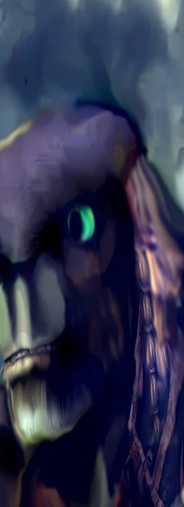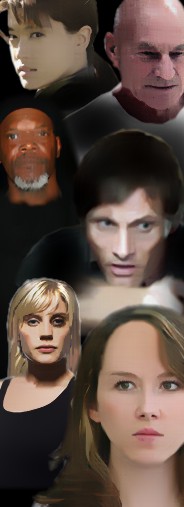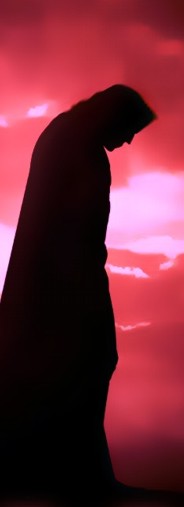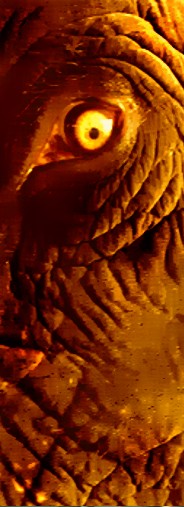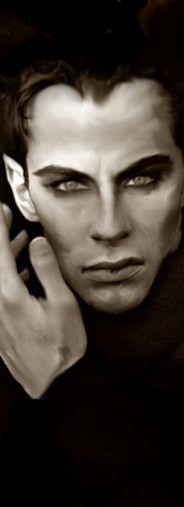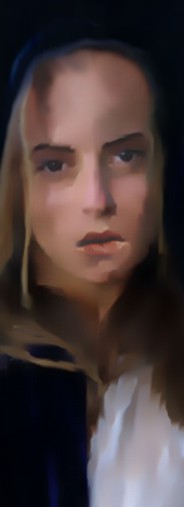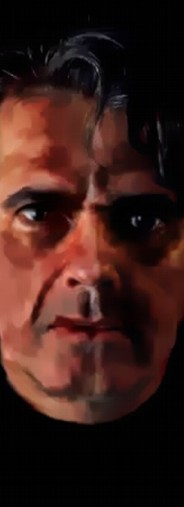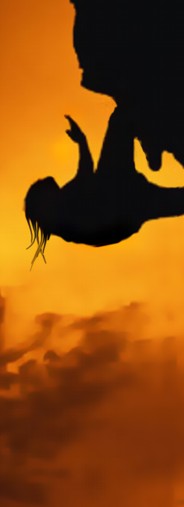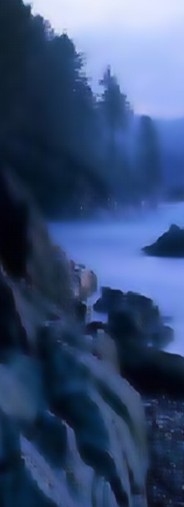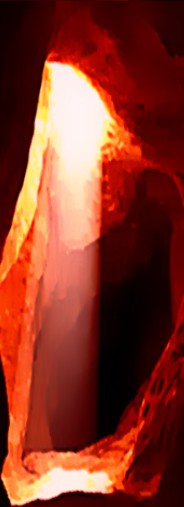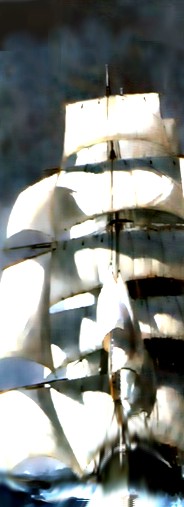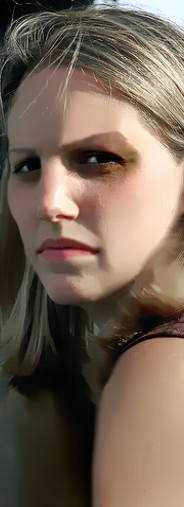 |
| Winnipeg Folk Festival: Friday Sunset by Quiplash! 2005 Non-Commercial, Copyleft Creative Commons Licence |
I particularly liked this email as it was from someone who didn't usually read fantasy but was enjoying what he was finding in What Lies Beneath. I'd like to use this post to respond to one of the questions this correspondent had about the role of the Caliban's End wiki.
"In googling your work, I just came across the wiki with maps, character charts, etc. I think these will come in handy as I continue reading, but I am a major spoiler-phobe. I see all the enticing links on the right of the page (specifically overview, places, races) and they are begging me to click them but I'm worried about giving away anything from the actual story line itself (i.e. character deaths, outcomes of conflicts, etc.) If you have a moment, could you please let me know which, if any, of these links I can safely click without ruining any surprises?"
Denys' concerns are totally understandable and I'm surprised I haven't commented on this until now. I thought I'd post some of my response to Denys as I'm sure that other readers would have similar feelings when confronted with the wiki for the first time.
 |
| One page of hundreds from the Caliban's End wiki |
The primary reason for the wiki is to flesh out this world I have created and to provide a backstory that would otherwise slow down the narrative if included in the story proper. Quite a few pages of the wiki contain things that aren't in the books, including flora, fauna and events (and plenty of accompanying images). If I remember rightly, the aardwolf (for example) isn't discussed anywhere in the books.
In compiling the wiki I have tried to avoid spoiling the story which has been a bit of a challenge. The wiki teases, and implies things, but it shouldn't give away major points such as characters' deaths, plot twists/reveals or the outcomes of battles in the trilogy. For example, the character of Remiel, who is introduced in Chapter Two and is clearly a significant character, receives the following account in the wiki:
Shortly after the catastrophe that befell The Melody on the fateful day Caliban was being taken to Sanctuary, Remiel disappeared from all knowledge. He was seen briefly in Pelinore, but following his father's death, he vanished from all reckoning. The family home on Pelinore Hill was boarded up and the last trace of Remiel was in the ship log of a merchant ship called The Broken Promise bound for Terminus via the ports of Findias, Gobnet, Garlot, Tamesis, Corineus and Ceres. If Remiel moved to one of these cities, no record was made in any census taken in the period after 1799, the year of Gideon Grayson's passing.
In some cases, I have been quite playful and there are a few non-critical points revealed in the wiki that are not covered in the books. These are whimsical and are not 'required reading' to fully appreciate the books. For example, in Chapter Fourteen a minor character with a rather offensive disposition is thrown overboard and that's the last you hear from him in the tale. In the wiki it is revealed that he can't swim.
I'm particularly proud of the wiki and believe that it will enhance a reader's enjoyment of the Caliban's End saga. The map for example does much to convey a sense of the geography and scope of the Myr.
 |
| Map of the Myr |
HOWEVER, although I've endeavoured to make the wiki relatively safe, it is inevitable that it will provide extra information that may not be revealed at the same time in the books. In a way these could be considered minor spoilers, but in the context of the larger tale and all that comes to pass, it's my opinion that these shouldn't affect a reader's enjoyment of the yarn. Perhaps the safest links to click are the more general ones such as Places. The Characters links will contain information that may be better served by being revealed in the course of the narrative, but I don't think there's anything there that could be considered critical in terms of major plot points.
Some readers of the books have told me that they are picking up things on their second reading that were missed on the first, little things that perhaps are more obvious when one knows the outcome. Ultimately though, for all the hints and suggestions, I hope the central story is what readers find most fulfilling. I have attempted to do what good fantasy should do and explore the human condition under extraordinary circumstances.
On a completely unrelated note, I have just put the finishing touches on another site http://paulstewart.me/ which is where my various interests and activities have been brought together in one place.















